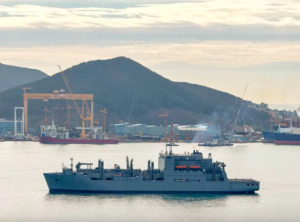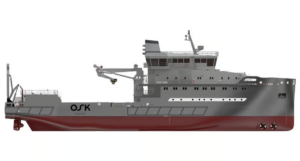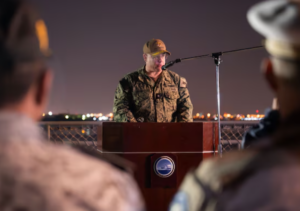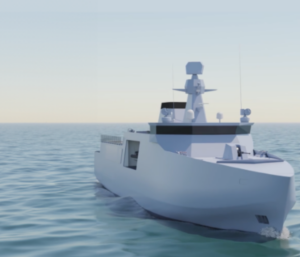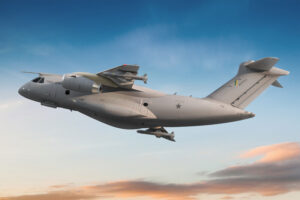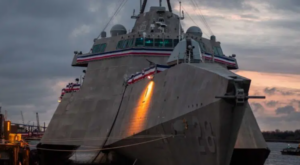Brazil drops out of RIMPAC 2016

The record number of countries to participate in the world’s largest naval exercise has been pushed down from 27 to 26 as it became known that Brazil would not take part in the drills in the Pacific.
“Unfortunately, due to unforeseen scheduling commitments, Brazil is unable to participate in RIMPAC ’16. We value our partnership with the Brazilian Navy and look forward to them taking part in RIMPAC 2018,” the U.S. Navy said in a statement June 23.
Brazil was one of four countries set to take part in the exercise for the first time ever. The other three, Denmark, Germany, and Italy will participate if no further changes take place.
To sum it up, twenty-six nations, 45 ships, five submarines, more than 200 aircraft and 25,000 personnel will participate in this year’s Rim of the Pacific (RIMPAC) exercise scheduled June 30 to Aug. 4, in and around the Hawaiian Islands and Southern California.
The theme of RIMPAC 2016 is “Capable, Adaptive, Partners.” The participating nations and forces will exercise a wide range of capabilities and demonstrate the inherent flexibility of maritime forces. These capabilities range from disaster relief and maritime security operations to sea control and complex warfighting.
The training program includes amphibious operations, gunnery, missile, anti-submarine and air defense exercises, as well as counter-piracy, mine clearance operations, explosive ordnance disposal and diving and salvage operations.
This year’s exercise includes forces from Australia, Brunei, Canada, Chile, Colombia, Denmark, France, Germany, India, Indonesia, Italy, Japan, Malaysia, Mexico, Netherlands, New Zealand, Norway, People’s Republic of China, Peru, the Republic of Korea, the Republic of the Philippines, Singapore, Thailand, Tonga, the United Kingdom and the United States.
Hosted by U.S. Pacific Fleet, RIMPAC 2016 will be led by U.S. Vice Adm. Nora Tyson, commander of the U.S. 3rd Fleet (C3F), who will serve as the Combined Task Force (CTF) Commander. Royal Canadian Navy Rear Adm. Scott Bishop will serve as deputy commander of the CTF, and Japan Maritime Self Defense Force Rear Adm. Koji Manabe as the vice commander. Other key leaders of the multinational force will include Commodore Malcolm Wise of the Royal Australian Navy, who will command the maritime component; Brig. Gen. Blaise Frawley of the Royal Canadian Air Force, who will command the air component; and the amphibious task force will be led by Royal New Zealand Navy Commodore James Gilmour.



